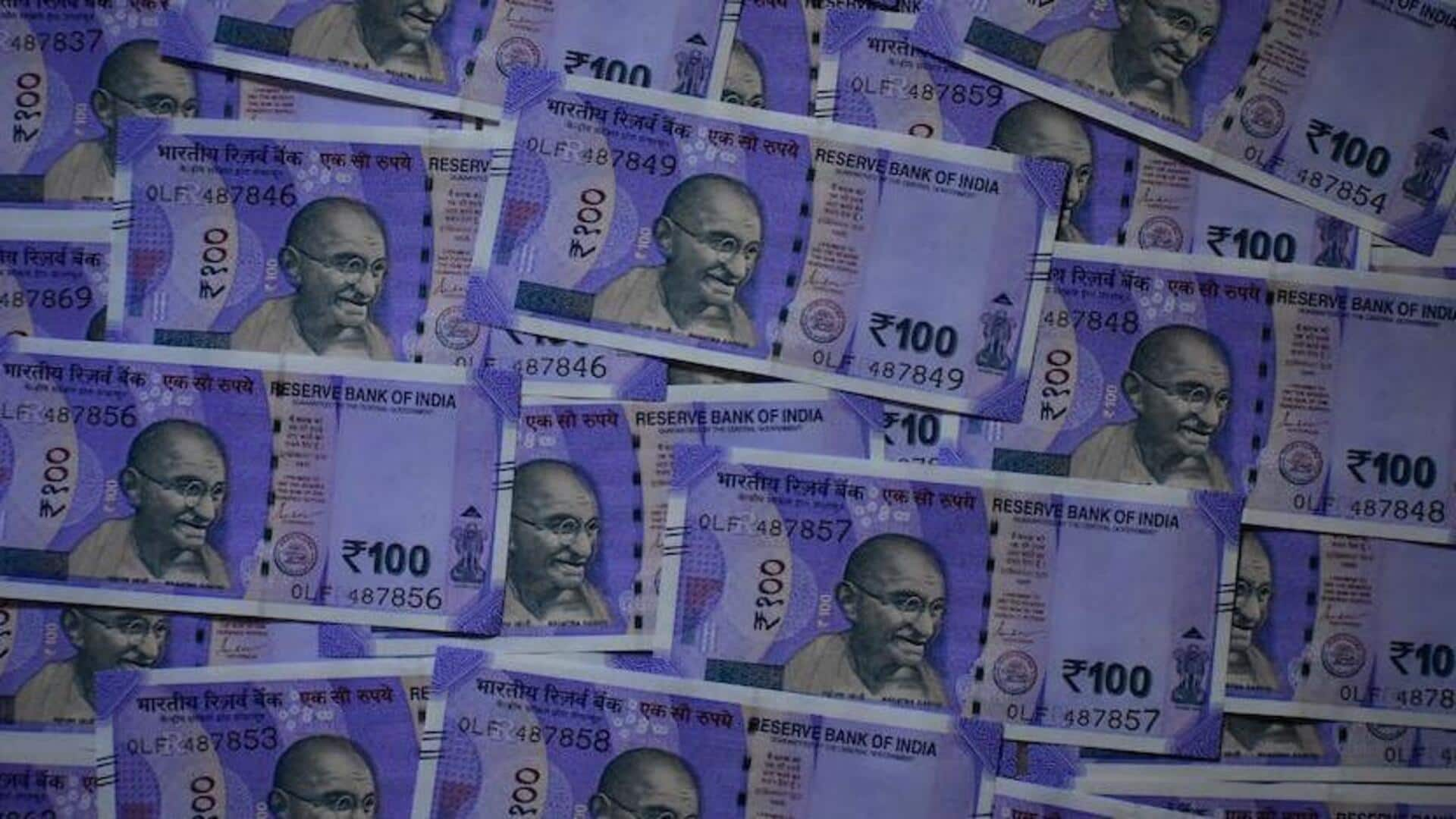
World Bank keeps India's GDP growth unchanged at 6.3%
What's the story
The World Bank has opted to retain the economic growth forecast for India at 6.3% in the fiscal year (FY) 2023-24, despite the nation grappling with significant external challenges, Economic Times reported. In its recent India Development Update, the institution applauded the country's economic resilience, backed by robust domestic demand and significant infrastructure investments. The report also disclosed that India's bank credit growth surged to 15.8% in the first quarter of FY23-24 from 13.3% during the same time in FY22-23.
Context
Why does this story matter?
The World Bank forecasted the same 6.3% economic growth rate for India in April, marking a downgrade of 0.7 percentage points since its previous forecast. It had then attributed the same to the high borrowing costs, weaker consumption, and the government reducing fiscal expenditure. At the time, although India fared better than other South Asian countries, a decline in female labor participation and lower productivity in the informal sector were two major concerns, per a lead economist of the bank.
Details
Global challenges, impact on Indian economy
India's economy is facing obstacles due to current global headwinds like sluggish demand, high interest rates, and geopolitical tensions, per the World Bank. The bank expects these challenges to continue and potentially escalate due to factors like soaring global interest rates and subdued demand worldwide. As a result, global economic growth is likely to decelerate over the medium term, prompting the World Bank to keep its forecast for India's gross domestic product (GDP) growth in FY23-24 at 6.3%.
About
What is GDP growth rate
The GDP growth rate, also known as the economic growth rate, denotes the change in the GDP of a country in comparison to an earlier period. Measured in percentage, it determines the economic health of a nation and its possible future growth. For instance, if the growth rate is 2% from the previous quarter to now, it means the economic activity has risen by 2% due to various factors like increased government expenditure or increased exports and imports.
What Next?
Rising inflation and its effects
The World Bank report also underscored the effects of rising inflation in India triggered by unfavorable weather conditions. Adverse weather led to a spike in inflation in recent months, with headline inflation hitting 7.8% in July due to price hikes for food items like wheat and rice, it said. The bank projected that inflation will gradually decrease as food prices stabilize and government measures enhance the supply of essential commodities.
Insights
Foreign direct investment and future growth
Moreover, the report suggested that foreign direct investment (FDI) in India is poised to grow as global value chains rebalance. The World Bank's Country Director in India, Auguste Tano Kouame, said, "Tapping into public spending to stimulate private investments will create more favorable conditions for India to leverage global opportunities and achieve higher growth in the future." The bank expects that overall conditions will remain favorable for private investment in India.